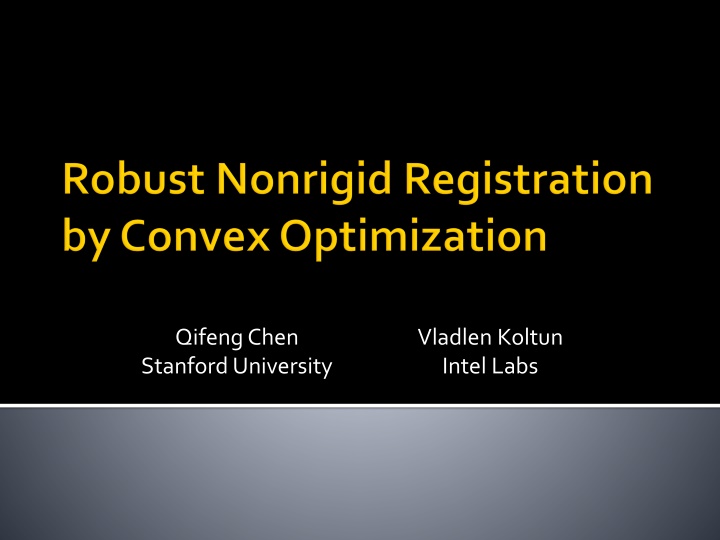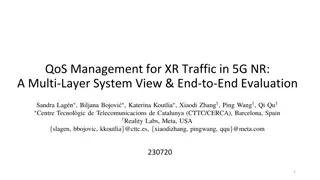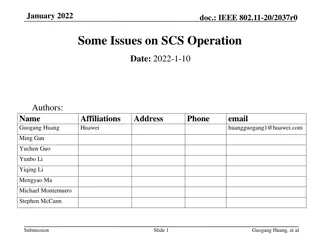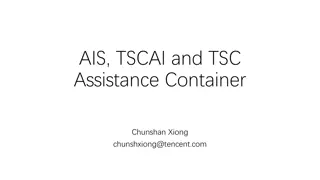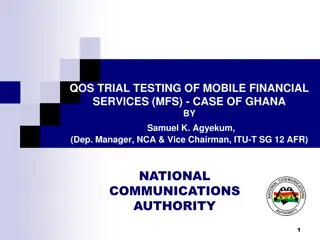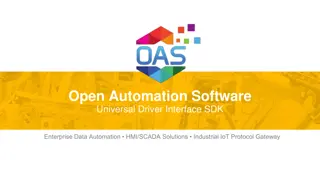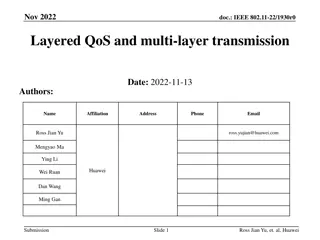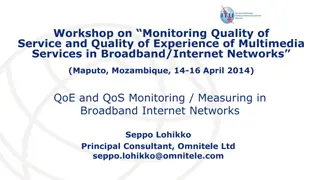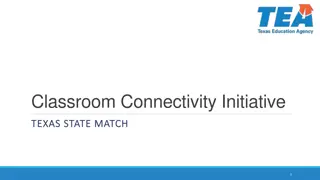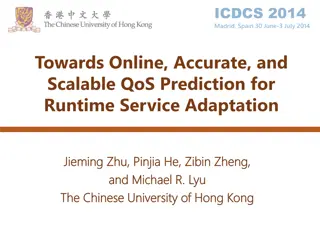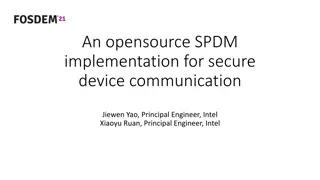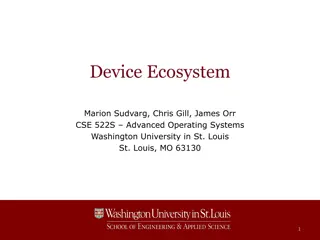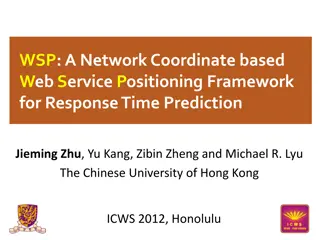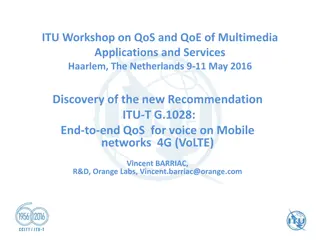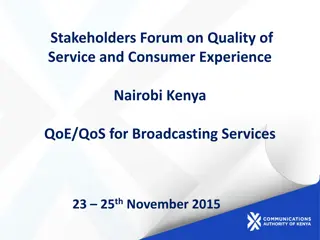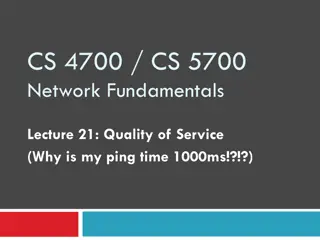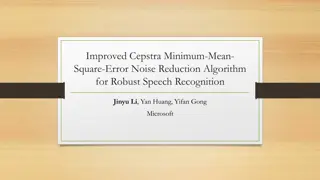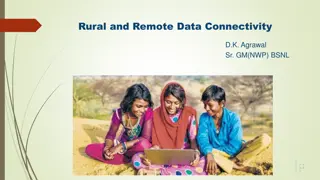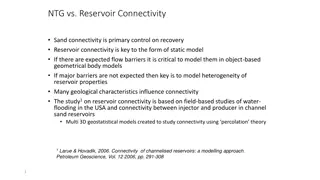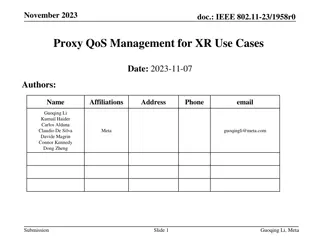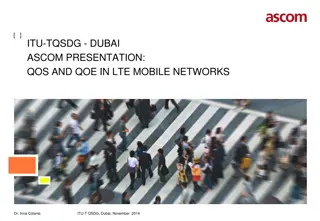Enhanced Device Connectivity with Robust QoS Support
With the proliferation of IoT devices and AR/VR applications, future Wi-Fi networks must support varying traffic types and QoS requirements. This document highlights enabling technologies for improved device connectivity and QoS support, focusing on areas such as discovery and setup of P2P links, better traffic management, and more.
Download Presentation

Please find below an Image/Link to download the presentation.
The content on the website is provided AS IS for your information and personal use only. It may not be sold, licensed, or shared on other websites without obtaining consent from the author.If you encounter any issues during the download, it is possible that the publisher has removed the file from their server.
You are allowed to download the files provided on this website for personal or commercial use, subject to the condition that they are used lawfully. All files are the property of their respective owners.
The content on the website is provided AS IS for your information and personal use only. It may not be sold, licensed, or shared on other websites without obtaining consent from the author.
E N D
Presentation Transcript
Qifeng Chen Stanford University Vladlen Koltun Intel Labs
Loop closure in dynamic reconstruction Shape analysis Propagation of material properties across 3D models Surface completion
Intrinsic descriptors Heat kernel signature [Sun et al. 2009] Wave kernel signature [Aubry et al. 2011] Global point signature [Rustamov 2007] Spectral descriptors [Litman et al. 2014] Optimal descriptors [Windheuser et al. 2014]
Generalized multidimensional scaling (GMDS) [Bronstein et al. 2006] Given two surfaces Compute mapping Minimize highly nonconvex objective (GMDS) Optimize by gradient descent Easily stuck at bad local minima
Let and be points densely sampled over and Optimize labeling ( is a set of m labels) (GMDS) Continuous Markov random field (MRF) (Discrete MRF)
(Discrete MRF) (Linear program) where
(Linear program) (Dual LP)
(Linear program) (Dual LP) TRW-S [Kolmogorov 2006]
Penalty Objective where disambiguates intrinsic symmetry
Preprocessing Poisson reconstruction for geodesic distance farthest point sampling Global optimization sample hundreds of points random permutation of the nodes for best solution Upsampling and refinement (optional) upsample mapping to thousands of correspondences refine the correspondences by fusion moves
Our approach outperforms a large body of prior work by a factor of 3
Blended intrinsic maps [Kim et al. 2011] Random forest [Rodola et al. 2014] Our approach
Simple but robust no descriptors convex optimization outperforms a large body of prior work by a multiplicative factor Future work partial surface registration joint analysis of non-isometric shapes
Matlab, C++ code, and data http://www.stanford.edu/~cqf/convex/
